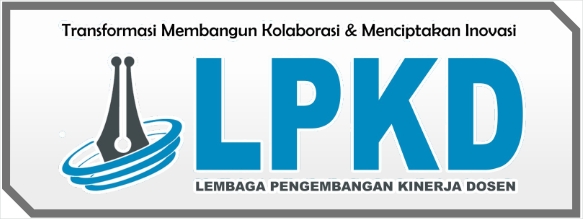PERILAKU DISKRIMINATIF DALAM PENGUPAHAN KERJA BAGI PEKERJA ATAU BURUH ANTARGENDER
DOI:
https://doi.org/10.55606/jimak.v1i2.339Abstract
Discriminatory behaviour on employment for workers is due to variations in salary factors, promotion, educational background and recruitment. Low education causes mastery of science and technology to be low, so that work productivity becomes low as well. The low productivity of the workforce will affect the wages that employees or workers will receive. This research is done because there is still frequent intergender discrimination about the wage of workers or laborers, where this problem is immediately researched to obtain results or data on discrimination on wage employment. The research method used is exploratory research. The importance of the Community's role in understanding and overcoming the behavior of discrimination relating to the labor of employment between men and women. So that people can understand by not comparing gender, especially to women who work or become laborers.
References
Bappenas. (2010). Buku I: Prioritas nasional rpjmn 2010-2014. Jakarata: Bappenas.
Becker, G.S. (1971). The economics of discrimination (2nd edition). Chicago: University of Chicago Press.
Berik, G. (2004). International trade and gender wage discrimination: Evidence form east asia. Review of Development Economics, 8(2), 237-254.
Brigham, C.J. (1991). Social Psychology. Harper Collins Publishers, Inc.
Feridhanusetyawan, T., Aswichayono, H., Perdana, A.A. (2001). The male-female wage differentials in Indonesia. Jakarta: CSIS.
Goldin, C., Polachek, S. (1987). Residual differences by sex: Perspectives on the gender gap in earnings. In American Economic Review, 77(2), 143-151.
Hennigusnia. (2014). Kesenjangan upah antar jender di indonesia: Gloss ceiling atau sticky floor?. Jurnal Kependudukan Indonesia, 9(2), 83-96.
Iman, A., Shah, F.T. (2013). Impact of gender bias on organizational commitment: An empirical corporate sector of pakistan. Exilir International Journal, 57, 14111-14115.
Jacobsen, J.P. (1994). The economic of gender. Massachusets, Blackwell.
Polachek, S.W. (2004). How the human capital model explains why the gender wage gap narrowed. Diakses Pada 30 April 2020: https://www.iza.org/publications/dp/1102/ how-the-human-capital-model-explains-why-the-genderwage-gap-narrowed.
Watson, L.D., Frank, J. (1984). Social psychology. Scot Foresman Company.
Yusuf, Siit Astika, and Uswatun Khasanah. “Kajian Literatur Dan Teori Sosial Dalam Penelitian.” Jurnal Ekonomi Syariah 1, no. 2020 (2020).
Widodo, A. (2013). Peran banco de la mujer sebagai institusi sosial dalam mengatasi diskriminasi gender di venezuela. E-journal Ilmu Hubungan Internasional, 1(3), 41.
World Bank. (2001). Engendering development. USA: World Bank and Oxford University Pers.



















